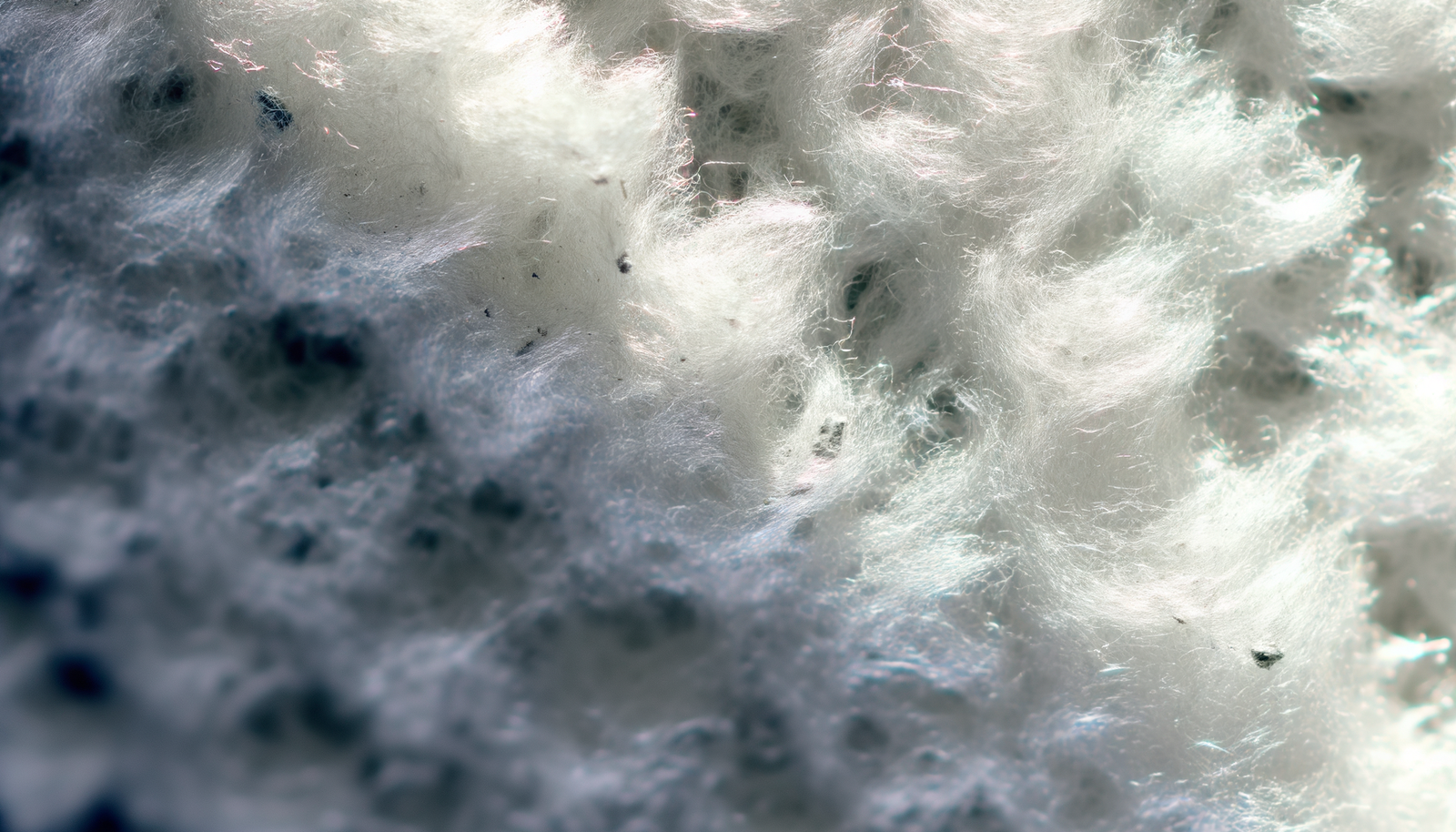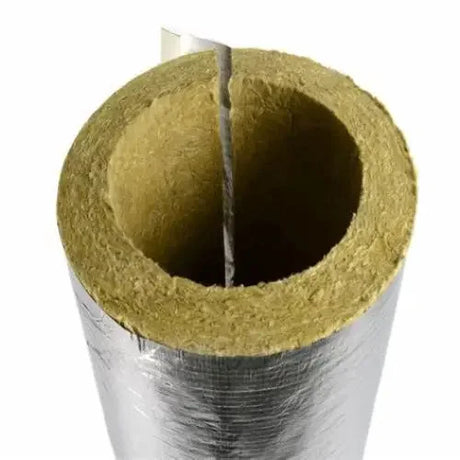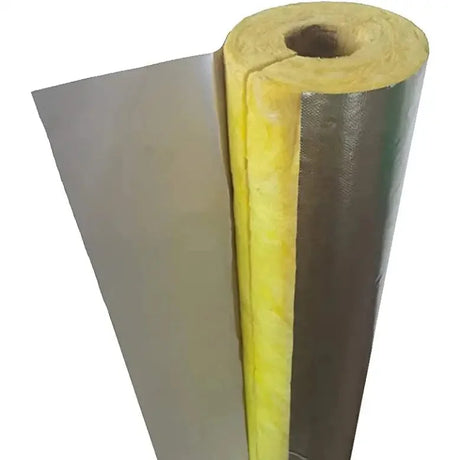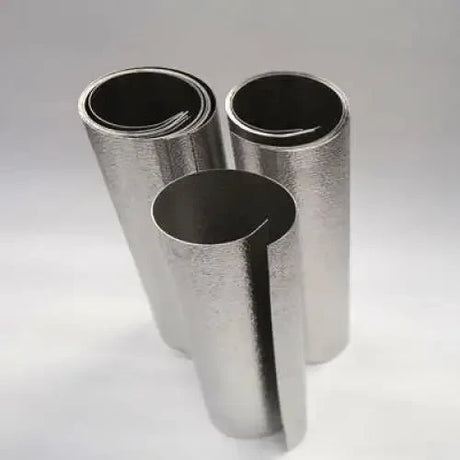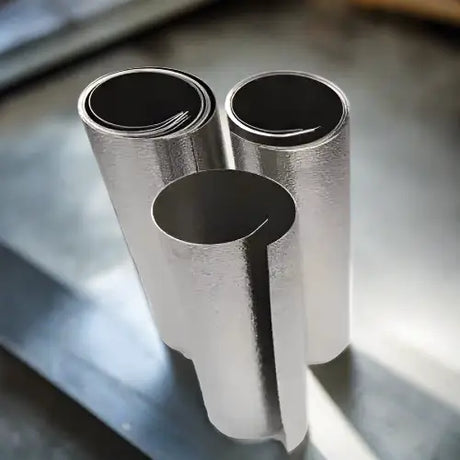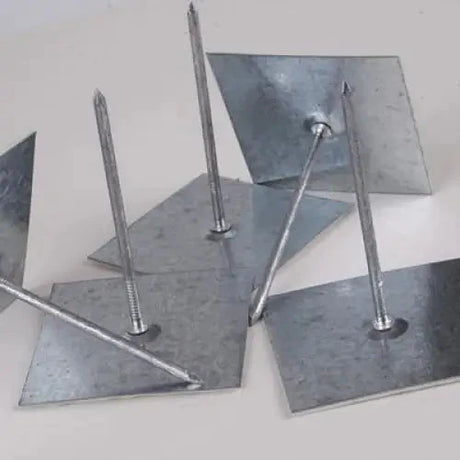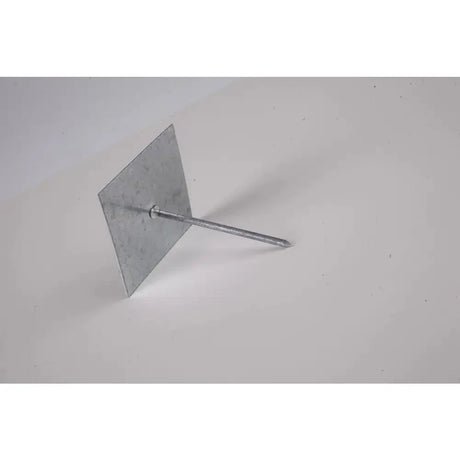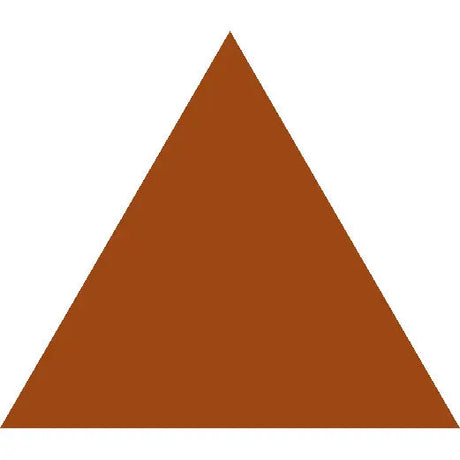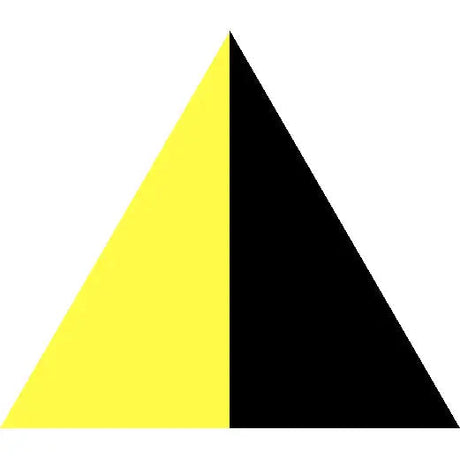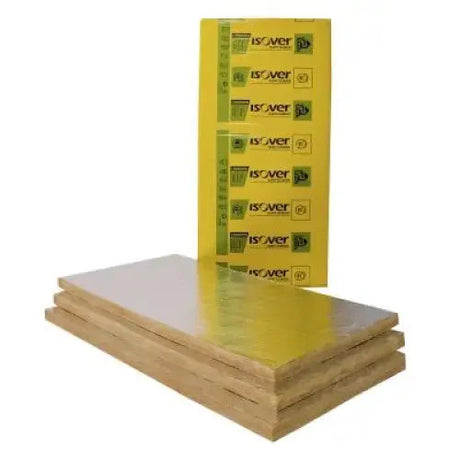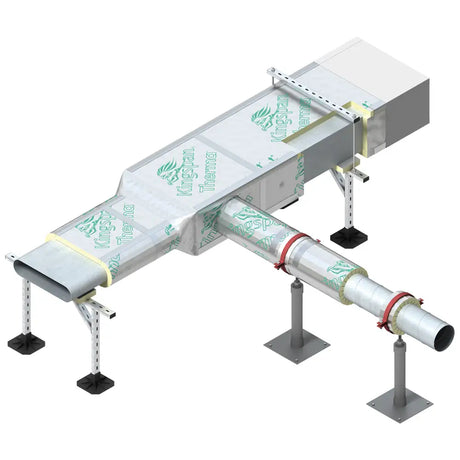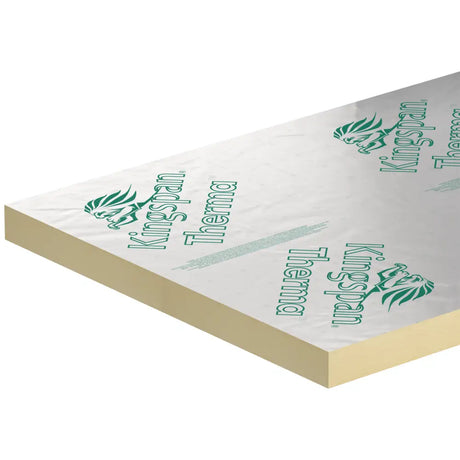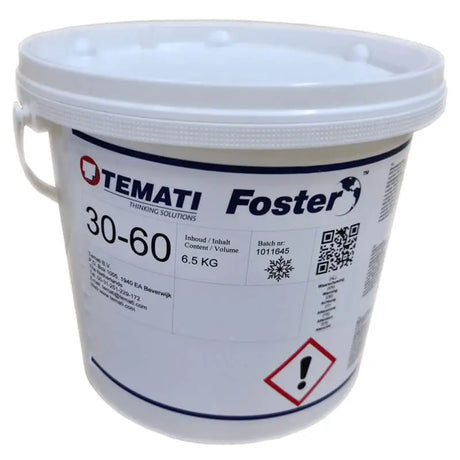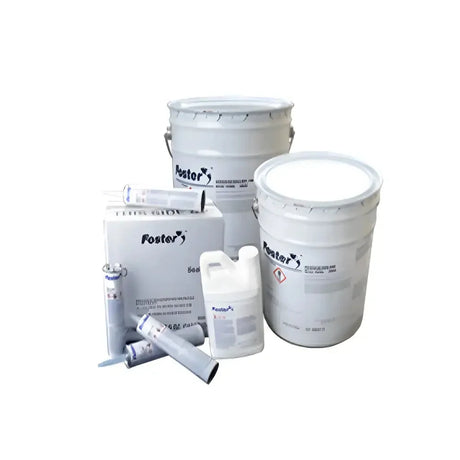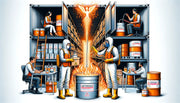Mineral wool insulation is a popular choice for commercial and industrial spaces, but there is an ongoing debate about its water resistance. As insulation experts, we're often asked: can mineral wool get wet? This is an important question because moisture can impact the insulating value and longevity of the material, especially in damp environments.
The short answer is yes, mineral wool can get wet. However, it has a unique property that sets it apart from other insulations - it can retain its insulating performance even when damp. Here's why:
Mineral wool fibers are hydrophobic, meaning they repel water. The fibers themselves don't absorb moisture. The binder used in mineral wool production is also water-repellent. So when mineral wool does get exposed to moisture, the water beads up and runs off rather than being absorbed. Additionally, mineral wool dries quickly when wet. The fibers have an open structure that allows air to circulate, drying out any moisture. This means wet mineral wool can recover its thermal performance once dry.
What Happens When Mineral Wool Gets Wet?
Water Absorption and Drying Out
Mineral wool can absorb a certain amount of water if exposed to moisture. However, this doesn't mean it loses its insulating properties. The key feature here is its ability to dry out without suffering damage or a significant decrease in performance.
- Resistance to Moisture: Mineral wool is inherently resistant to moisture, thanks to its fibrous composition and the way it's manufactured. This means that while it can get wet, the water doesn't easily penetrate the core of the insulation material.
- Air Circulation: Proper installation allows for air circulation, which facilitates the drying process if the mineral wool does become damp.
- Structural Integrity: Unlike some insulating materials, mineral wool retains its structural integrity when wet. It doesn't sag or compress, which ensures that its insulating capability is maintained.
Comparing Mineral Wool to Other Insulation
When looking at alternatives, such as polyurethane insulation, it's essential to evaluate how they stand up against moisture. Polyurethane, especially in forms like the Handi-Foam A & B set, spray foam kits like QR Polyurethane DuPont Dow Froth-Pak, and associated accessories like Froth-Pak spray foam nozzles or a gun hose assembly for Froth-Pak, is known for its strong moisture resistance and air-sealing qualities.
| Insulation Type | Water Resistance | Air-sealing Quality |
|---|---|---|
| Mineral Wool | Medium | Low |
| Polyurethane | High | High |
What To Consider When Choosing Insulation:
- Environmental Exposure: Consider the likelihood of exposure to moisture in your specific scenario.
- Insulation Goals: Determine whether air sealing is as important or more so than thermal resistance.
- Cost-Effectiveness: Weigh the benefits against the cost to find a solution that meets both your performance needs and budget.
In conclusion, can mineral wool get wet? Yes, it can, but it's designed to handle moisture without compromising its core functions. However, if your insulation needs extend beyond just thermal resistance to include high moisture exposure, exploring options like polyurethane might prove more beneficial. Ultimately, choosing the right insulation for your project requires a balance between performance characteristics and environmental demands. Make an informed decision based on how each material aligns with your specific insulation requirements.
FAQs on Mineral Wool and Moisture Interaction
Below are some commonly asked questions about mineral wool and its interaction with moisture. These aim to clear up any confusion and help you make informed decisions about your insulation needs.
Can mineral wool insulation get completely ruined if it gets wet?
No, mineral wool insulation is designed to retain its structural integrity even when wet. It can absorb moisture but typically dries out without significant damage or loss of insulating properties. Proper installation and ventilation are key to ensuring it dries effectively.
How quickly does mineral wool dry after getting wet?
The drying time for mineral wool can vary based on factors such as the amount of moisture, ambient temperature, and air circulation. Generally, it is capable of drying out relatively quickly compared to other materials, provided it is properly ventilated.
Does wet mineral wool lead to mold or mildew growth?
Mineral wool itself is inorganic, making it highly resistant to mold and mildew growth. However, if it remains wet for an extended period, it could potentially support the growth of mold on adjacent organic materials. Ensuring it dries promptly and is correctly installed can mitigate this risk.
Is mineral wool more water-resistant than other types of insulation?
Mineral wool offers a moderate level of water resistance. While it does absorb water to some extent, it is less susceptible to water damage than some other organic materials. However, materials like polyurethane foam offer higher water resistance and might be more suitable in environments with constant high moisture levels.
How does mineral wool insulation compare to polyurethane insulation in terms of water resistance?
Polyurethane insulation typically offers higher water resistance than mineral wool. Polyurethane forms a solid barrier that repels water more effectively, making it a superior choice in conditions prone to moisture exposure. However, mineral wool still performs well in most conditions and offers excellent fire resistance and sound insulation, attributes that may outweigh its lesser water resistance in certain applications.
What are the long-term effects of water exposure on mineral wool insulation?
Long-term exposure to water can compromise the thermal resistance of mineral wool insulation if it is not allowed to dry properly. However, its structural integrity usually remains intact. Ensuring good ventilation and using a moisture barrier can help prevent long-term water damage and maintain its insulating performance.
Can I install mineral wool insulation in basements or other high-moisture areas?
Yes, mineral wool insulation can be installed in basements and other areas where moisture may be present. However, it's essential to incorporate proper moisture management strategies, such as using vapor barriers and ensuring adequate ventilation, to prevent prolonged moisture exposure and mitigate the risk of moisture-related issues.

